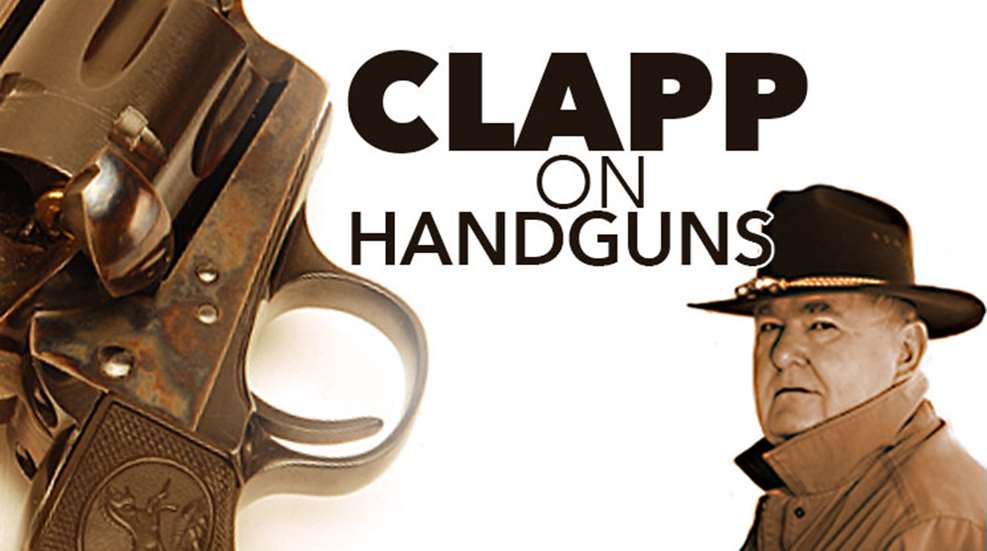
When the service pistol began to evolve widely in the 1960s, many of the guns were completely new designs. The ones that succeeded almost always attempted to meet three criteria that came from the military pistols of World War II. This fact was most eloquently recalled by the late Chuck Karwan in “Combat Handgunnery” over 20 years ago. The criteria were (1) a DA (or DA/SA) trigger system, (2) a high-capacity magazine and (3) a more powerful cartridge. There were a lot of new semi-auto pistols in an America poised to hang up its wheelguns. Many of these new police and military service pistols had a feature that apparently came out of thin air, because I can’t find anyone willing to take the credit (blame?) for it.
The feature was a unique trigger guard shape, which had either a flat face or a sharp hook on the front edge. A few pistolsmiths had been modifying 1911 pistols to have this contour. That is somewhat understandable in an atmosphere where combat shooting was growing in popularity and the Weaver stance was coming into vogue. In a two-handed stance, the non-shooting (support) hand wraps around the shooting hand, which is pushing the gun forward. The support hand pulls back and the resulting push-pull effect stabilizes the gun nicely. Some shooters started using the support hand trigger finger to reach up and pull back on the trigger guard. To make it just a little easier, designers began to flatten or hook the trigger guard and before you could say Jack Weaver, it was there for keeps.
Then a bunch of hard-core handgunners who ran serious evaluation of every technique, tactic and tool they could find, discovered that this finger forward business didn’t work. In fact, holding a pistol in this grip often caused interference with the real trigger finger. Also, the finger-forward position is not as strong as you might think. The rearward pulling effort is actually somewhat divided and while the effect might be acceptable for a first single shot, it is not for multiples. Combat shooting involves managing the recoil of a hard kicking service handgun for as many shots as it takes to resolve a serious threat. Fortunately the trigger guard shape, developed to facilitate this ill-advised shooting technique, is easy to deal with. You just ignore it.





































